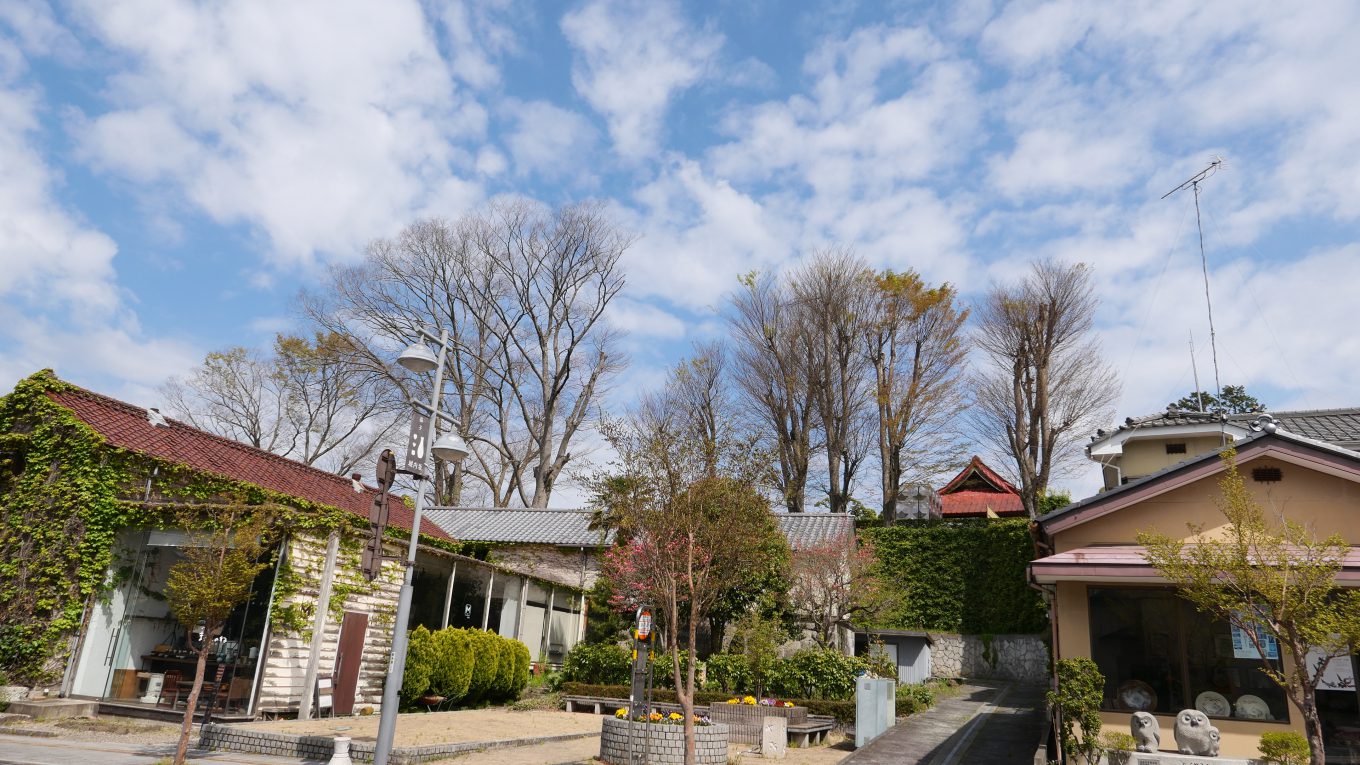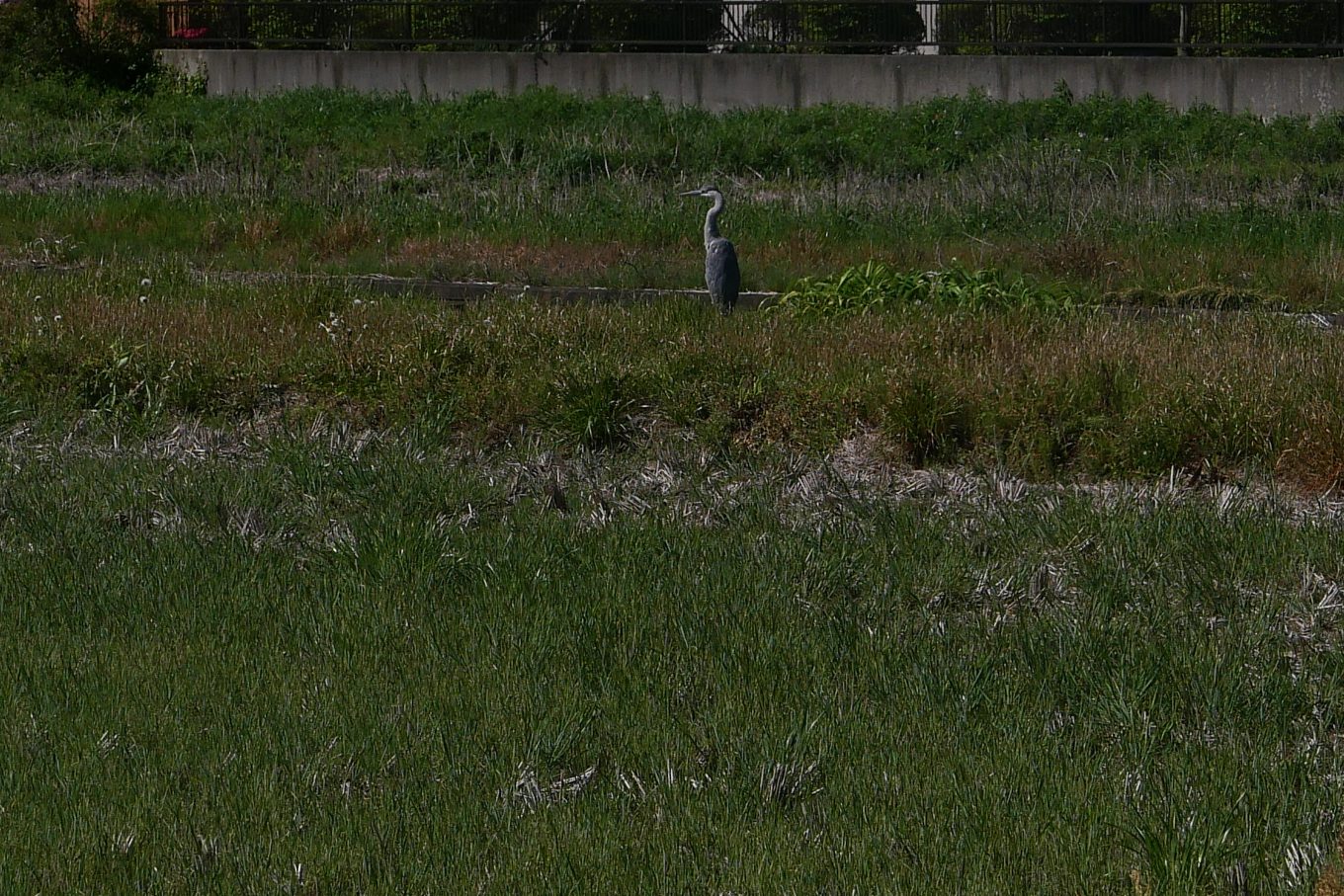
ましこのうた
ショートムービーを
期間限定公開中です。
*English is below
こちらでのお知らせが遅くなってしまいましたが、4月10日より、YouTube地域編集室簑田理香事務所チャンネルで、「ましこのうたDVD&PHOTOBOOK」に収録している17分少々のショートムービーを公開中です。公開期間を5月31日までと延長しましたので、ぜひご覧ください。まだまだ県境を跨いでの人の移動、つまりはリアルな交流ができにくい状況ですが、風土と、そこで暮らす人の営みの、豊かな関係性を、歌と映像から感じとっていただき、これから時代の「新しい(懐かしい)生活」に思いを馳せていただければ幸いです。
以下には、簑田が、この数年で5月の益子で撮りためた写真とともに、YouTubeでの紹介文を掲載します。

YouTubeより転載
https://www.youtube.com/watch?v=0K-OQlxYv1o
コロナウィルスの感染拡大を受けて、各地でさまざまな文化活動も停止し、 健康面はもとより、経済的にも精神的にも不安で辛い状態が続いています。 益子町でも春の陶器市が中止となり、 濱田庄司とバーナード・リーチの交流100年を祝う行事も1年の延期となりました。
このような時期に、益子への訪問を楽しみにしていた方へ、 そして、心のふるさとのような場所を必要とされている方へ、 歌と自然の声と、里山の風景と暮らしの情景からなる18分の映像を届けたいと思います。
益子の風土と人の暮らしに心を動かされたシンガー・ソングライター、 石塚明由子が描きあげた2曲「陶芸家の食卓」「益子の歌」。
雨巻山の麓に暮らす高松泰が採り続けた野鳥や虫の声、 焼き上がった陶器が温度変化によって立てる「貫入」の音。
10年以上、益子に通うフォトグラファー長田朋子がとらえた 陶芸の里山、益子の風土と暮らしの情景。
それらを編んだ、益子へのショートトリップ。 私たちが、このショートムービーと、詩や歌詞を収めた写真集を作るときに 大切なテーマにしたことは「いのちの循環」でした。 人間だけでは、ありません。 小さな生き物も、作物も、土も。 見えるもの、見えないもの。 小さくとも、美しい廻りの世界。 歌と風景に導かれて、いのちの環(わ)の中へ。 束の間の心穏やかな時間となれば幸いです。
—
公式ウェブサイトhttp://editorialyabucozy.jp/mashikono… .
—
We release a short movie “Mashiko-no-Uta〟for a limited time:till 6th.May. It’s included in “Mashiko-no-Uta DVD & PHOTOBOOK” , produced in the summer of 2018 by “Regional editorial activist Rika Minoda Office” based in Mashiko Town.
Due to the spread of the coronavirus, various cultural activities have been suspended in many areas. The situation continues to be difficult not only in terms of health, but also financially and mentally.The spring pottery festival in Mashiko has also been cancelled. The event celebrating 100 years of exchange between Shoji Hamada and Bernard Leach has also been postponed by one year. . To those who have been looking forward to a visit to Mashiko and to those who need a place that is like a home from the heart. We would like to present an 18-minute video consisting of songs, voices of nature, landscapes of satoyama and scenes of life.
Two songs by Ayuko Ishizuka, “Potter’s Table” and “A song of Mashiko “, she’s a singer-songwriter, who was moved by Mashiko’s “milieu” and people’s way of living. . The voices of nature and the sound of penetration of the pottery by Yasushi Takamatsu, who lives at the foot of Mt. Amamaki, has been collecting these sound.
The scenery of Satoyama and scenes of people’s life by Tomoko Osada, a photographer who has been visiting Mashiko from Tokyo for more than 10 years. . A short trip to Mashiko in an 18-minute video. When we made this short movie and a photo book with poems and lyrics An important theme was the “circulation of life”. Humans are not alone in this. Every little creature, every crop, every soil, the natural world and all its blessings. What you can see and what you can’t see. It’s a small but beautiful world around us. Lead by song and landscape, into the circle of life. I hope this is a time of peace of mind for a while. “MASHIKO-NO-UTA” Website http://editorialyabucozy.jp/mashikono… .
–
*About Milieu
For the translation of the Japanese word “風土 (fudo)”, we decided to use the French word milieu. Fudo originated in China, and took root in Japan as a word meaning “environment that has been created by people shaping their surrounding nature over generations”. Ordinarily, the word “climate” is used when it is translated into English. However, “climate” is too narrow, and cannot communicate the full nuance of the concept we have of “風土 (fudo)”. The French geographer Augustin Berque whose researches include Japanese fudo uses the French word milieu, which means “halfway point” in terms of both space and time, and “environment”. Berque defines milieu as “the relationship between a society and space as well as nature”, and uses the word as a translation of fudo in his writings, including those in English and German. Therefore, we decided to follow suit.





